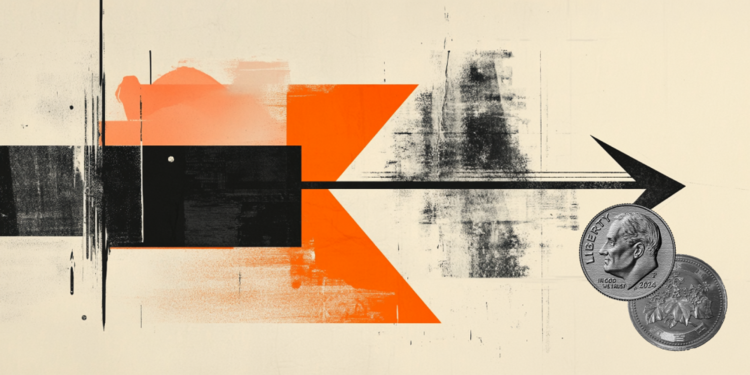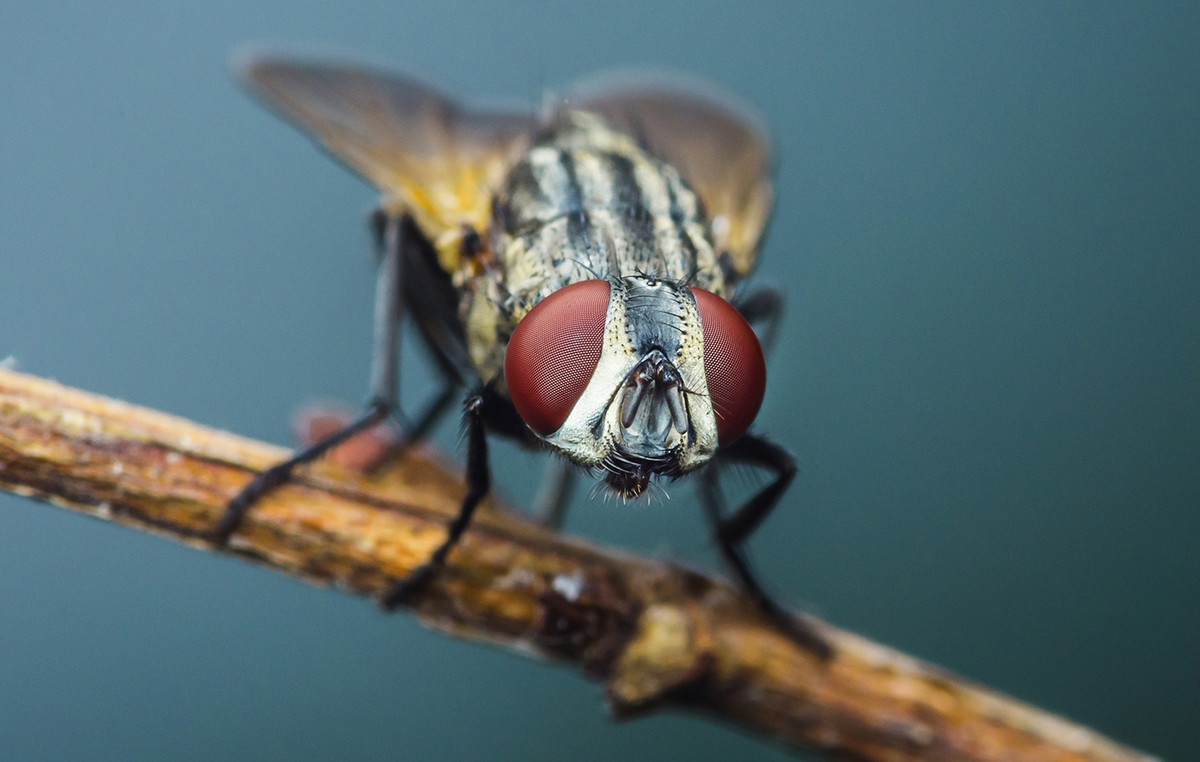Of course, Qualcomm had a lot to say during the announcement of the latest Snapdragon 8 Gen 2 system-on-a-chip, but it was undoubtedly the implementation of ray tracing support on smartphones that should significantly improve the graphics of mobile video games. Albeit slightly behind, Qualcomm has joined MediaTek with the Dimensity 9200 and Samsung with the Exynos 2200 in terms of hardware support for this technology, opening the door to a world of cutting-edge graphic effects. Against the backdrop of this news, gamers from all over the world may ask a completely logical question – given the flagship smartphones of 2023, the vast majority of which will support this technology, can we expect mobile video games to cease to be inferior to consoles and PC in terms of graphics, having made a real breakthrough?
Ray tracing can look different
To begin with, it is worth immediately clarifying that ray tracing is a graphic term that covers a fairly wide range of implementation features of this technology. Relatively speaking, we are talking about different levels of ray tracing, each of which has its own graphical advantages and, which is quite expected, the hardware performance requirements associated with this. Accordingly, the fact that smartphones now support ray tracing does not mean that games on this platform will look exactly the same as on PC or consoles.
Also, in the end, a lot comes down to whether the mobile platform can render the entire scene with highly demanding hardware ray tracing, or whether it will still use a hybrid solution that uses ray tracing technology only for some visual effects. Given that modern PCs and consoles, which naturally have much more performance, use a hybrid approach, we can safely expect a similar implementation on smartphones. Ultimately, new flagships will be able to demonstrate how light and reflections interact with curved surfaces like water or glass, and less demanding hardware technologies will improve the accuracy of casting shadows and reflections on some surfaces.

It’s safe to say that this will look very attractive, but you need to control your expectations about what exactly developers can and will use this technology for. For example, we know a little about the ray tracing architecture used by Qualcomm, which gives us some idea of the capabilities of the new platform. This architecture speeds up basic building blocks and ray crossing, which are the basic building blocks of ray tracing. Due to the fact that the calculation of the intersection of rays is performed at the hardware level, and not at the software level, the whole process takes much less time.
At the same time, you need to understand that only Qualcomm currently uses Bounding Volume Hierarchical in its ray tracing architecture – this is a method that is used by NVIDIA and AMD in their new generation of high-performance graphics processors. The BVH method is actually very important, because it is used to speed up ray intersection math by searching groups of polygons for the necessary elements to narrow down the selection, instead of discarding each ray individually.
As a result, Qualcomm’s implementation can be expected to offer much higher frame rates and more sophisticated ray tracing technology, but only if the architecture’s ray tracing processing capabilities are not limited by ARM’s own capabilities. What’s more, there are other aspects of ray tracing technology, such as noise reduction or memory management, that can also be tweaked to significantly improve performance. So far, it’s hard to say how far Qualcomm and ARM have come in terms of optimizing their graphics chip in this direction.

In real terms, Oppo is claiming a 5x speedup for their PhsyRay engine by moving from software to hardware based on Snapdragon 8 Gen 2. AMR also said they were able to achieve 3x speedup with their Immortalis G715 GPU when using hardware instead of software. The only problem is that none of these claims tell us what actual performance the end user will get and what graphics capabilities will be implemented in practice.
Qualcomm notes that its flagship chip supports reflections, shadows, and global illumination, which are key technologies for creating very high-quality ray-traced effects. Yes, and ARM said that they use hybrid rasterization, which can significantly improve lighting, shadows and reflections. The only problem is that the layering of these functions requires more and more computing power from the platform. So far, it’s hard to gauge just how far the new SoCs for smartphones have gone in this regard, and the frame rate question remains unanswered as well.
Ray tracing on smartphones won’t scale like it does on consoles
While we’ll have to wait and see what new mobile video games will actually showcase, it’s already safe to say that a smartphone chip that’s rated for sub-5W graphics performance can’t be scaled up to game console performance. And even more so to the level of a video card in a PC. For example, NVIDIA’s new graphics card called the RTX 4080 consumes 320 watts, while the Playstation 5 and Xbox Series X consume approximately 200 watts each. Based on this, there can be no question of ray tracing on a smartphone with a high image resolution and high graphics settings.
To date, the most accurate real-world data on this issue has been provided by Oppo during its speech at the Snapdragon Tech Summit event, where brand employees spoke in detail about the performance of their PhysRay engine. The company’s specialists said that they managed to achieve a stable frame rate of 60 FPS at a rather modest 720p resolution for thirty minutes on the Snapdragon 8 Gen 2 platform. Of course, it sounds pretty good, but you should immediately pay attention to the compromises with which the future mobile devices will have to put up with frame rates and resolutions when using ray tracing. And that’s not to mention the fact that sustained performance will also be a problem, as smartphones have rather limited cooling due to the nature of the form factor.

At the same event, Qualcomm showed a hands-on demonstration of the technology – the developers presented a short animation, and the summit attendees had the opportunity to turn ray tracing on and off. With this demonstration, it was easy to notice the difference in lighting and reflections – even day and night. The only problem is that the demonstration did not allow you to set up the camera or move in space, so it is simply impossible to evaluate the real performance. On the other hand, small smartphone displays do not need ultra-high resolutions and other subtleties of graphics settings to make games look great on them. Video games running at 720p at 60 FPS or 1080p at 30 FPS with more advanced lighting and reflections will look much better than what the mobile entertainment market can currently provide.
There are simply no video games that support the technology
MediaTek and Qualcomm have said in official statements that the first mobile game to support ray tracing will arrive in the first half of 2023. Just in time for hardware-enabled smartphones to fall into the hands of consumers. But one game is not even a drop in the ocean. It will be a very long time, probably a couple of years, before ray tracing becomes really popular on the mobile platform.
This is closely related to the fact that video games must be profitable, which means that they must be attractive to the mass market – no one will create such projects for several smartphones. Accordingly, while ray tracing support is great free marketing when promoting new video games, because you can say that this is the first project on the market and all that, in reality, the implementation of ray tracing will be a secondary task for most developers. At least until technology-enabled hardware becomes more mainstream in the marketplace. A similar situation was observed with the market of console and computer games, for example.

On the other hand, MediaTek staff notes that many major Chinese game studios are already actively working on ray tracing support in the future. Moreover, Chinese gaming giants Tencent and Netease Games can be seen in the list of Qualcomm partners, so there is a feeling that support for the function will appear in the Celestial Empire market earlier than in other regions of the world. However, in the coming years, video games with support for new technologies will definitely increase in number, they will provide gamers with more advanced reflections and lighting on those smartphones that support ray tracing. In addition, ray tracing technology through the Vulkan API means that there will be more and more cross-platform ports in the near future. In the long run, gamers definitely have something to look forward to.
Should I now buy a flagship for ray tracing?
I hope this article has convinced you – the answer is no. You really shouldn’t be in a rush to buy a new smartphone just because it supports improved ray-traced graphics. We haven’t even seen the first mobile game that supports this technology yet, so there’s no hurry for users – the first release will not take place until next year (if it is not rescheduled). What’s more, frankly, you’d be better off even waiting for second-generation ray-traced GPUs to iron out any imperfections and boost performance to an acceptable level.
However, if you’re planning on buying a new smartphone soon, and gaming is your top priority, it’s probably worth waiting until early 2023 to get yourself a ray-traced flagship. It will allow you to get the necessary hardware with a margin of safety for the future.
Source: Trash Box
Charles Grill is a tech-savvy writer with over 3 years of experience in the field. He writes on a variety of technology-related topics and has a strong focus on the latest advancements in the industry. He is connected with several online news websites and is currently contributing to a technology-focused platform.







